By Louie Stout
Conflicts between lake residents and anglers have been a problem for decades.
Lake residents claim ownership of a lake and you cant blame them. They bought property and live along its shore. They have a vested interest.
On the other hand, lakes with public access are public lakes. A residents ownership includes the lake bottom while the water is a public entity. We have to share and try to respect each others space.
Aside from the on-water conflicts between property owners and anglers, theres another issue that has been brewing hotter in recent years - management of aquatic plant life.
A growing number of lake associations have declared war on aquatic vegetation and want it all gone. Anglers see vegetation as a valuable habitat for fish and imperative to quality fishing.
A classic example of what can happen occurred on Webster Lake a few years ago where overzealous residents subscribed to a massive nuking that wiped out the vegetation, turned the lake to chocolate milk, and essentially set the lakes revered muskie fishing back on its heels. Fortunately, Webster has begun to slowly recover with renewed plant growth.
Biologists get caught in the middle. They seek a balance between reducing non-native plants and boating issues while maintaining sufficient fish habitat.
Eurasian milfoil is their biggest enemy and one of the most prolific non-native plants in Michiana. It grows to the surface, mats and spreads easily. It can be troublesome in shallow lakes and restrict boating activities.
On the other hand, its one of the best fish habitats on those lakes where native plants have diminished.
Lake associations solution is to hire certified contractors to spray chemicals and kill the milfoil.
The treatments, regulated by the DNRs in Indiana and Michigan, are supposed to be limited in scope and type of chemicals used.
But that isnt always the case. Some lakes get heavier doses and the fishing suffers the remainder of the year.
Its a bigger problem in Michigan where there have been reports of overzealous treatments that resulted in fish kills and massive destruction of habitat. In my opinion, Michigans Department of Environmental Quality (which oversees the permits) does a lousy job of monitoring the treatments, and sadly, fish biologists have no say in the matter.
In Indiana, chemical applications are regulated by biologists who review and monitor each application and designate what can be used and where. Its a time consuming process, and they would love to find a better solution.
Thats why they agreed to try a unique experiment on Dewart Lake in 2012 that involved introduction of milfoil weevils onto the lake.
The insects feed on the tip of the plant and burrow into it. This causes the weeds stem to lose its buoyancy, collapse, and weaken. The bugs, which winter in nearby shorelines, would return each season providing the plants werent chemically treated during the summer.
Developed by EnviroScience Inc. of Ohio, the program was funded through Indianas Lake and River Enhancement Program and the Dewart Lake Protective Association.
Now, no one expected the weevils to eradicate or lower the abundance of milfoil, but everyone hoped they would reduce the nuisance issues the plant causes. Also, the bug treatment isnt applicable on lakes lined with seawalls because the bugs need a natural shoreline to survive the winter.
If successful at Dewart, fish wouldnt lose their habitat to chemical treatments and boaters wouldnt be clogging their props as frequently.
Results over the past three years werent great, but promising. Unfortunately, the company discontinued its milfoil weevil program before the fourth year of the four-year study.
The jury is still out as to whether it worked, said Rod Edgell, aquatic biologist for the DNR Lake and River Enhancement Program. Some residents say its helped while others said all it did was give bluegills more bugs to feed on.
On the other hand, he added, there hasnt been the nuisance situation on the lake the past couple of years so you could make the argument that it has helped.
Edgell said the DNR would continue to monitor Dewarts weevil test area and limit herbicide treatments there again.
Its too bad the company providing the bugs bailed. Weevil treatments arent a cure-all and have been a hit-and-miss on other Midwest lakes, but further development and studies could provide a more natural option of managing our lakes.





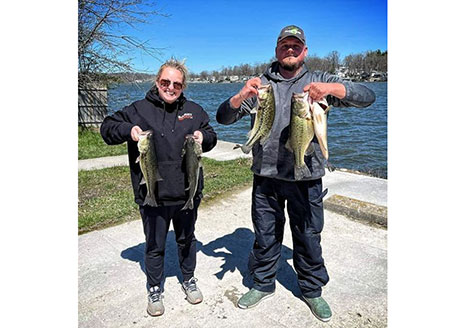
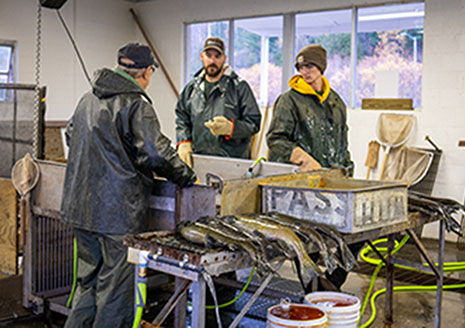
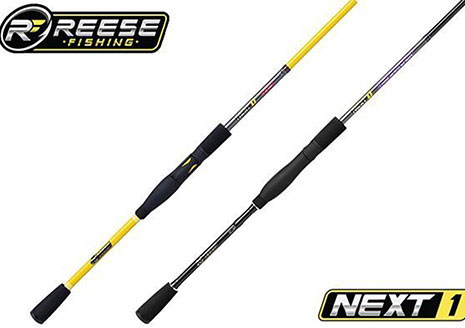

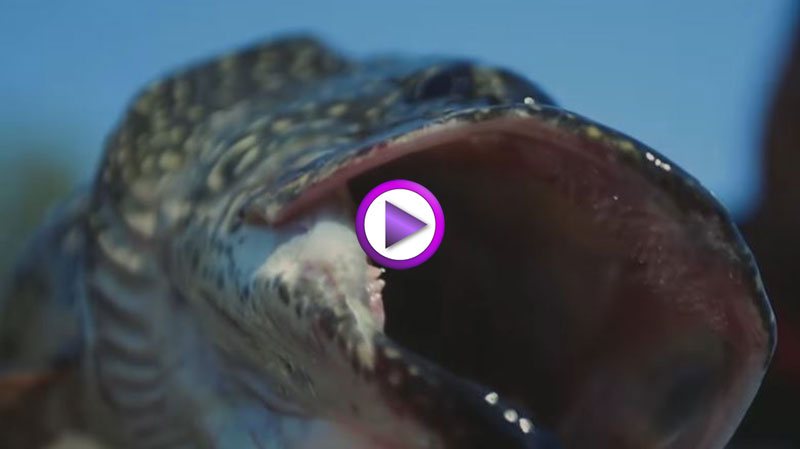





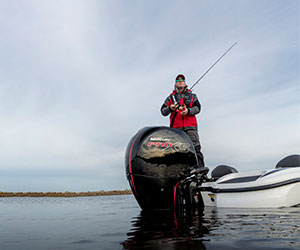


Connect With Us